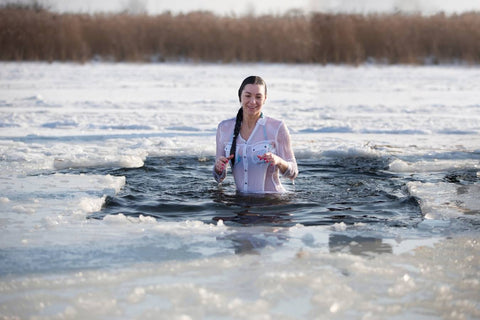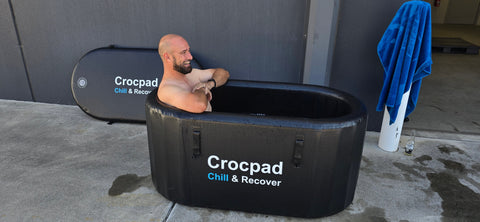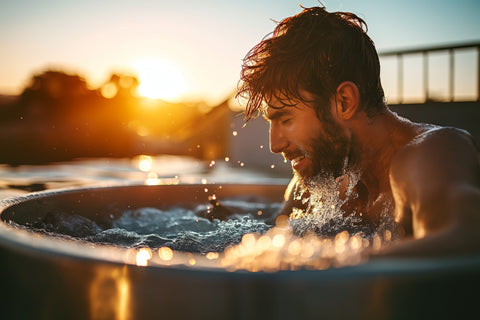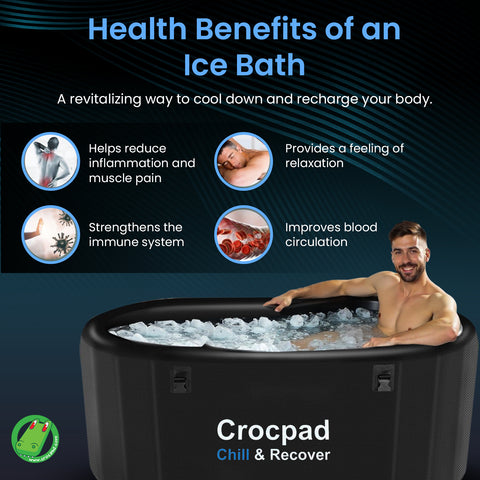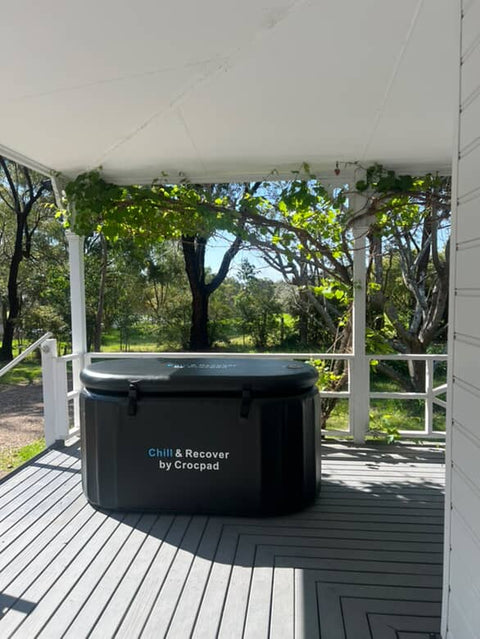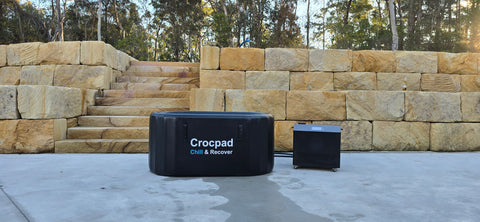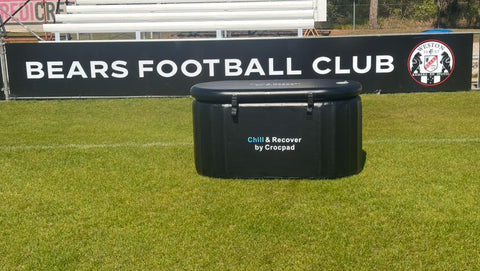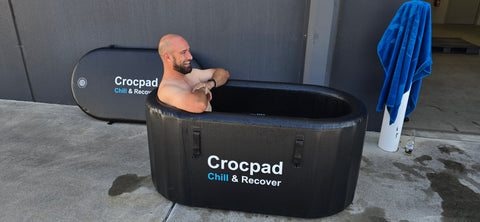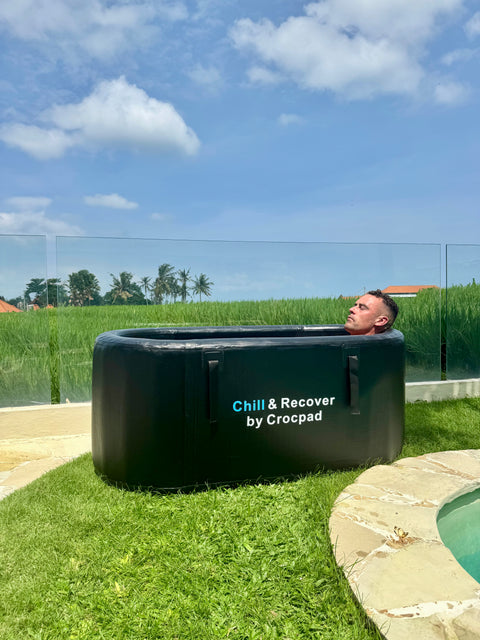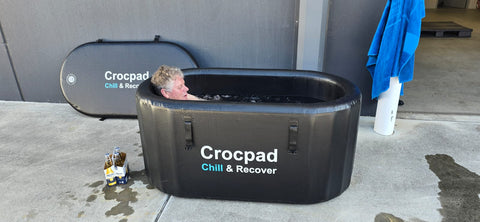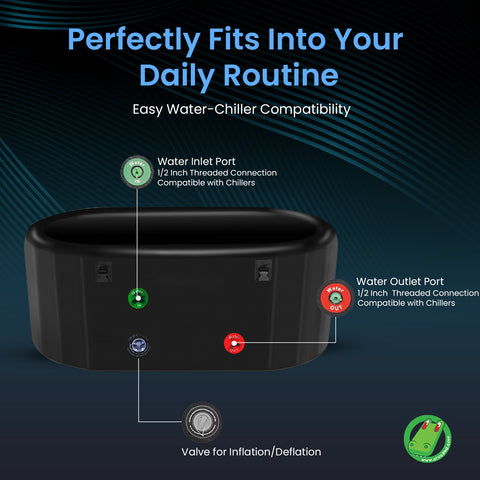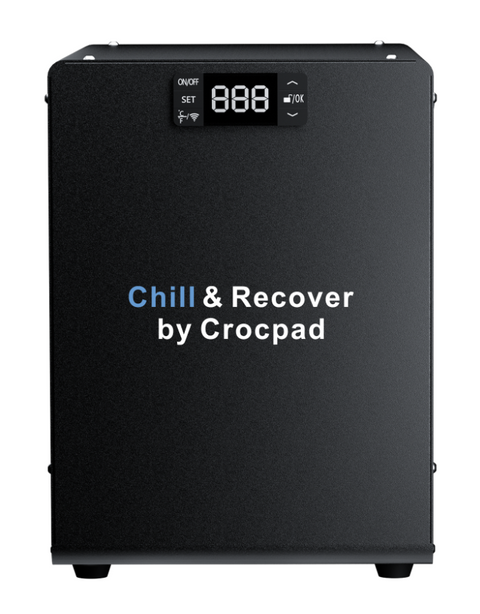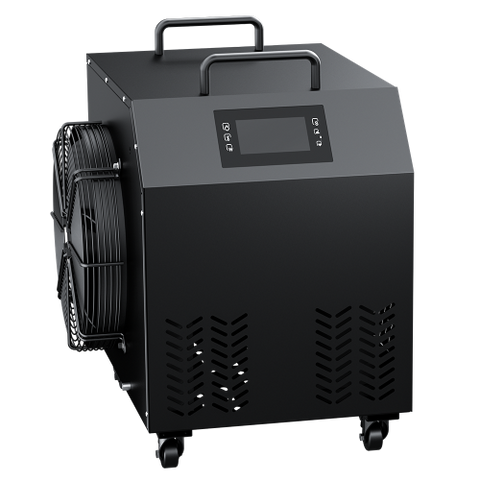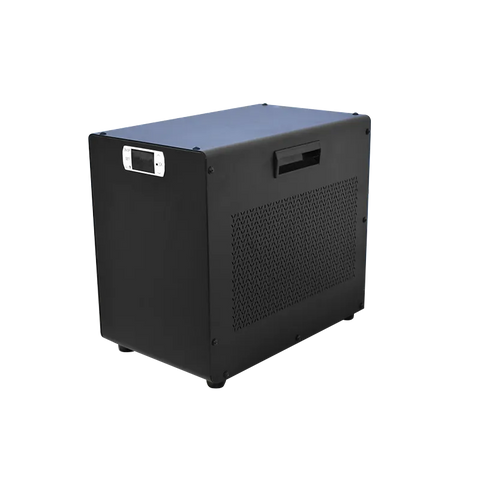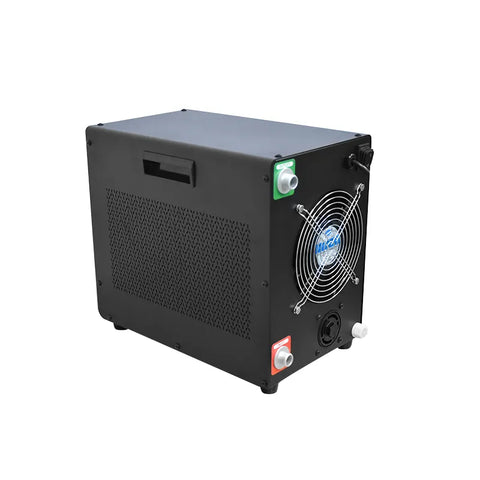Eco-Friendly Ice Bath Tubs: What Does It Mean?
Before profiling brands, it’s helpful to define what makes an ice bath tub more “eco-friendly.” Key factors include:
-
Use of sustainable or renewable materials (wood, recycled plastics, biodegradable liners, etc.)
-
Durable construction that extends lifespan (so less frequent replacement)
-
Energy-efficient components (insulation, covers, chillers that don’t waste power)
-
Low maintenance / minimal waste (cleaning systems, good filtration, ozone or UV sanitation)
-
Local production or manufacture (reducing shipping footprint)
-
Reclaimable, recyclable, or biodegradable parts at end of life
Crocpad: How Eco is It?
Crocpad is a prominent Australian brand known for ice baths, cold plunges, pods, chillers, and related wellness/recovery equipment. Here’s how Crocpad’s profile aligns with eco principles, and some of its trade-offs:
What Crocpad Does Well
-
Durability: Their tubs use “ultra-durable, skin-friendly PVC and 10 cm thick drop-stitch fabric” with hardened-walls and insulation. That helps longevity.
-
Accessories to extend lifespan & efficiency: Included repair kits, lids (thermal shield lids) that help with insulation and reducing energy or ice needed.
-
Portable and modular design: Inflatable or drop-stitch fabric constructions are lighter, easier to transport, and less resource-intensive in shipping compared to giant rigid tubs.
-
Chillers & water management: They offer chillers built to maintain cold temps without needing constant ice. Good filtration, water clean-up systems are discussed in their blog, helping reduce waste from frequent draining or replacing water.

Potential Eco-Drawbacks / Trade-Offs
-
Material type: PVC and heavy synthetic fabrics are petroleum based, potentially less biodegradable, and can be challenging to recycle depending on local infrastructure. Even though the fabric is durable, its end-of-life impact may be considerable.
-
Energy use (for chillers, heating/cooling): Even efficient chillers still consume electricity; insulation and covers help, but usage patterns (how long, how often) matter a lot.
-
Production & shipping: If parts or manufacturing are overseas, shipping can add carbon cost. I didn’t see strong evidence of locally-sourced sustainable materials beyond “marine-grade PVC” etc.
Overall: Crocpad does many of the things an eco-minded consumer would want (durability, efficiency, accessories to reduce waste); but as with most synthetic/rigid-structure ice baths, there are trade-offs, especially around materials and energy.
Other Brands & Options With Strong Eco Credentials
Here are several brands that seem to take sustainability seriously — whether via material choice, design, or local craftsmanship. These may be better (or different) depending on your priorities.
| Brand | What Makes Them Eco / Sustainable Features | Notes & Considerations |
|---|---|---|
| Chill Tubs | They have a model called Chill Tub Lite that’s “lighter, design inspired and built for durability with a more environmentally friendly process.” Chill Tubs They also include insulated covers standard, filtration, ozone sanitation in several models. | More expensive. Shipping large rigid units still consumes energy. But good if you want long-term, low maintenance cold plunge. |
| KeiCo | Uses thermo-wood / thermally treated wood in tubs (e.g. thermowood pine), fibreglass liners, chiller-ready ports, insulated covers & steps etc. Natural, renewable wood helps: less plastic, better aesthetics, better biodegradability (wood) if maintained. | Wood requires maintenance (weather, moisture, rot). Fibreglass liner still synthetic. But this is a solid trade-off. |
| Penguin Spas / BaltoScandia | Handcrafted wooden cold plunge tubs. Wood is a renewable resource; craftsmanship tends to allow repairs and long lifetime. | Again, maintenance requirements are higher. Must check seals, wood treatments etc. Also weight and shipping can be more involved. |
| Wine Barrel Ice Baths (Barrel Baths, Australia) | They use reclaimed oak wine barrels (100-year-old French oak) for building tubs. That reuses existing wood, avoids new timber harvesting for that part, and offers natural aesthetic. Barrel Baths | Reclaimed wood is good. Need to ensure the barrel is properly sealed and liner is safe. Barrel shape limits dimensions. Also insulation might be less than rigid insulated tubs. |
| Zen Bathworks | Wooden cold plunge tubs, handcrafted, presumably emphasizing natural materials and design. Zen Bathworks | Similar trade-offs: wood maintenance, liner, shipping etc. But they look strong for eco values. |
How to Choose an Eco-Friendly Ice Bath: Practical Tips
If you’re in the market, here are criteria & questions to ask, to ensure you’re getting something more sustainable:
-
Material: Is the exterior wood, thermowood, reclaimed timber? What plastics are used? Is the liner synthetic, fibreglass, biodegradable?
-
Insulation & Lid/Cover: Does it come with a good insulated return-lid or cover? That reduces ice or chiller energy needed.
-
Chiller Efficiency: If using a built-in or add-on chiller, check its power usage, coefficient of performance, whether it can maintain temps well so it doesn’t run non-stop.
-
Water management: Filtration, UV or ozone sanitization, ease of draining, maybe reuse of water for plants (if safe) to reduce frequency of full water swaps.
-
Repairability: Are parts replaceable (liners, seals, pumps)? Is there after-sales support?
-
Local manufacturing / sourcing: Less shipping = lower carbon footprint. Also wood sourced responsibly.
-
End-of-life: Can parts be recycled or reused? How toxic are synthetic parts?
Verdict: Is Crocpad “Eco-Friendly Enough”?
In short, yes, Crocpad is reasonably eco-friendly from a durability and design perspective, especially if your priorities are: long lifespan, minimal ice waste, and efficiency using covers & chillers. But it is not fully perfect: the use of synthetic plastics (PVC, drop-stitch fabric) means there are environmental costs. If your priorities tilt heavily toward natural materials and minimal environmental impact (e.g. wood, reclaimed materials, biodegradable linings), some of the other brands listed may align better.

